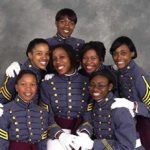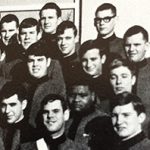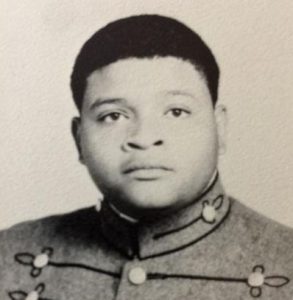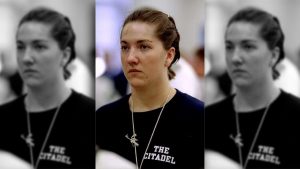The Godfather of Tennessee Whiskey – Uncle Nearest
The next time you order your Jack & Coke, Manhattan, Whiskey Sour, or Irish Coffee, if they ran out of Jack Daniels, or perhaps you want to try something different, you could tell them to bless you with one of Jack’s mentors – Uncle Nearest. Uncle Nearest isn’t just a new whiskey distillery in Tennessee, it honors an African American Slave who taught the real Jack Daniels everything he knew about the craft of creating the Whiskey that we all still drink today. Not only does Uncle Nearest honor Nathan Nearest Green, who was the first known African American Master Distiller in the country; the brand was created by a black woman named Fawn Weaver.
Fawn Weaver is a best-selling author who dedicated years of her life uncovering Nathan Nearest Green’s amazing history. What started out as an obsession to reveal that Nathan Nearest Green was the person who taught Jack Daniels, turned into a mission to let the world know the real story of how this popular whiskey was actually birthed. In a three-year period, Green has raised approximately $20 million to turn a horse farm into a distillery to take over whiskey production. This makes Weaver the first female person of color to run a major whiskey/spirit brand.
Nathan Nearest Green was a slave around 1850, and he started working with an orphan boy by the name of Jack Daniel. Many people today believe that Jack Daniel owned slaves, but this was never the case; it appears that Green was some sort of mentor to Daniel. Although there is no photo of Green, there is a photo of Jack Daniel with Green’s son, George and other workers in the early 1900s. It simply shows a black man and a white man sitting side by side, in the south, during a time when the south was deeply divided in America. This is a testament to the relationship that Jack Daniel had with Nathan Nearest Green.

Actor Jeffrey Wright, who plays in HBO’s “Westworld” is so passionate about Nathan Nearest Green he created a short film to honor him. Wright also got two tattoos; on one arm, Jack Daniel’s barrel house – and on the other arm, Uncle Nearest’s logo. Wright says, “we just need to know stories like this because it smashes the lies. You have this great…iconic brand, and ..this thing that is representative of something that sits in our soul that’s created by the coming together of two families…an unlikely partnership.“
The Daniels family and the Green family are bonded by some kind of bond that most of us will never understand. Victoria Butler, the great-great-granddaughter, said she wished her grandmother was around to see this. Butler told CBS that the idea to create a brand with Green’s name first came from a member of Jack Daniel’s family, then from the Green family. Fawn Weaver had asked the family, “what can we do to keep Nearest Green’s legacy alive – one member said put his name on a bottle.” These two families are so bonded, three of Green’s descendants still work at the Jack Daniel’s distillery. Weaver explained this is not a competition, “when we go out in the marketplace, we are selling Uncle Nearest, but we are talking about Jack in a way that makes you want to drink Jack Daniels as well.”
These families are working together to tell a story of unity that is gracious, and a perfect testament to the bond that Jack Daniel had with his mentor Nathan Nearest Green.
Uncle Nearest is the fastest-growing independent American spirit. Some of the proceeds from the sales will go into a foundation for Green’s descendants for their college education. As of today, 10 of Nathan Nearest Green’s descendants have graduated from college. Uncle Nearest is currently available in 48 states and 148 countries; if you’re in the lowcountry, you can find it in your nearest Total Wine.
The new Uncle Nearest whiskey distillery will open to the public in Tennessee, September 2019.
Source: CBS
Syllabus Magazine, the Carolina’s source for Music, Culture and Fashion



























